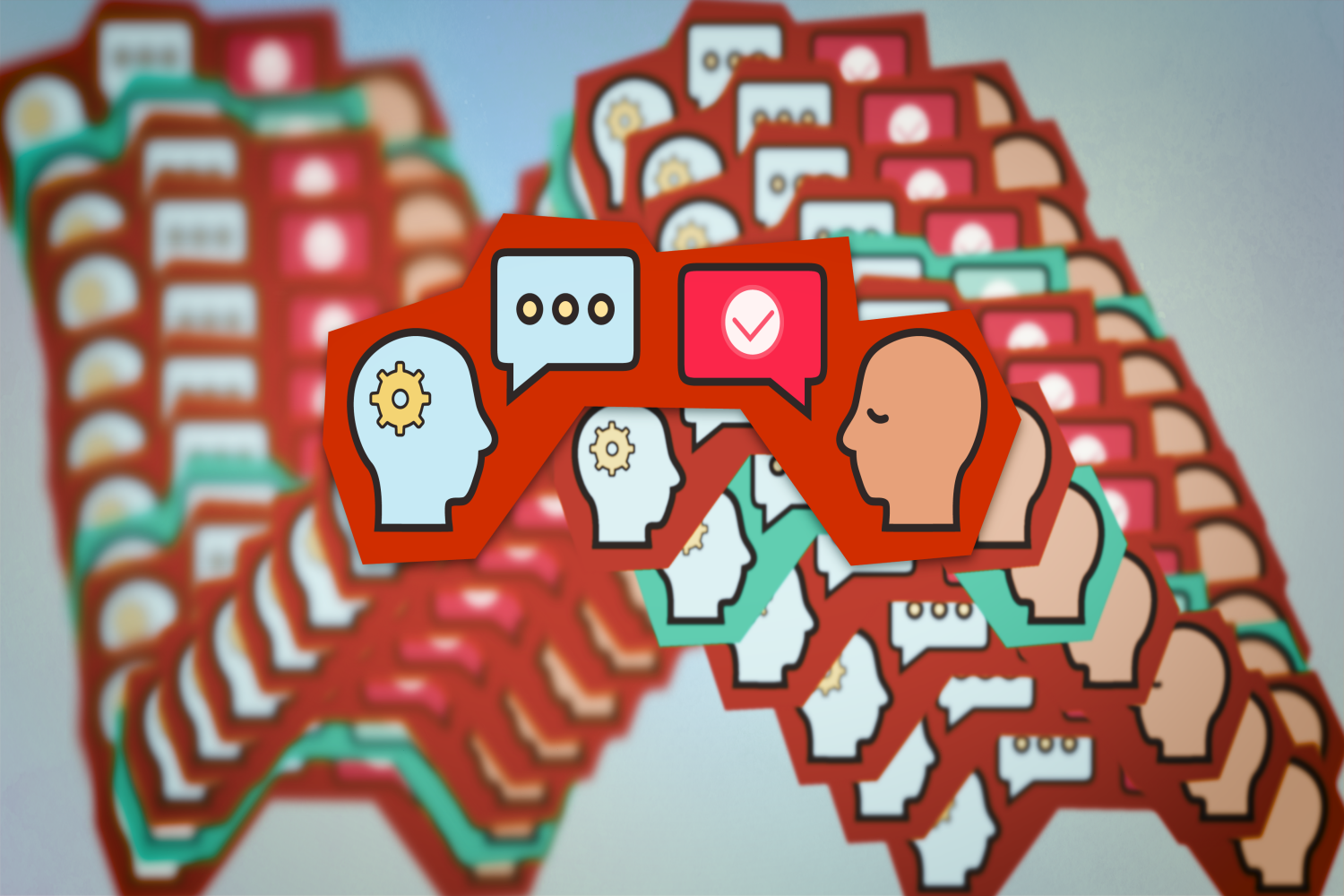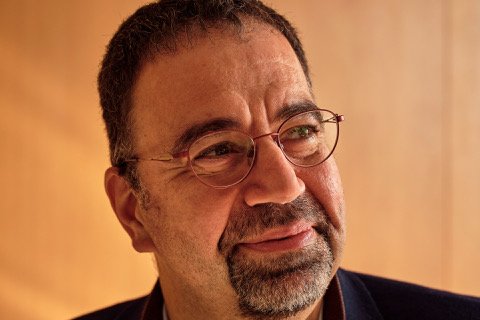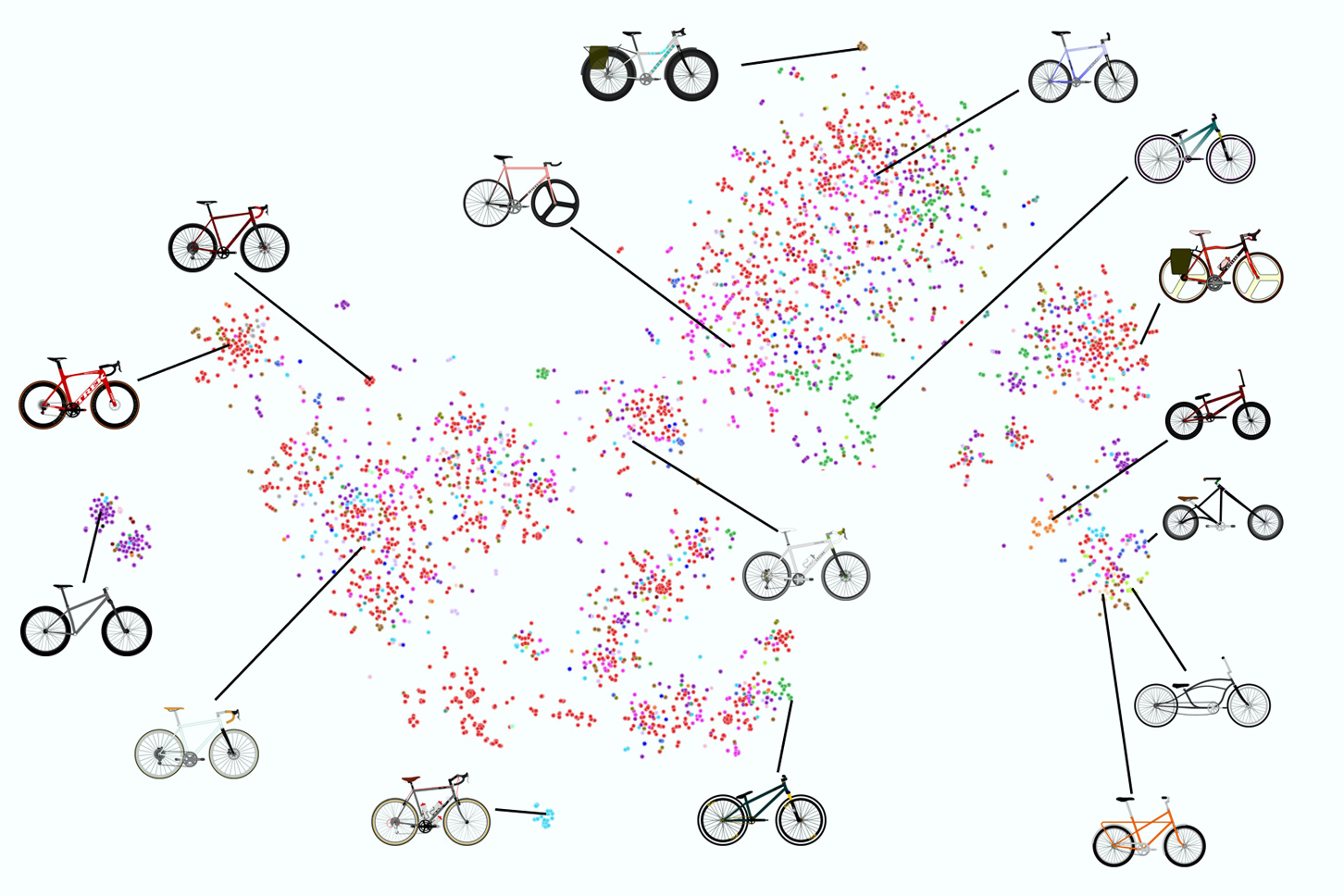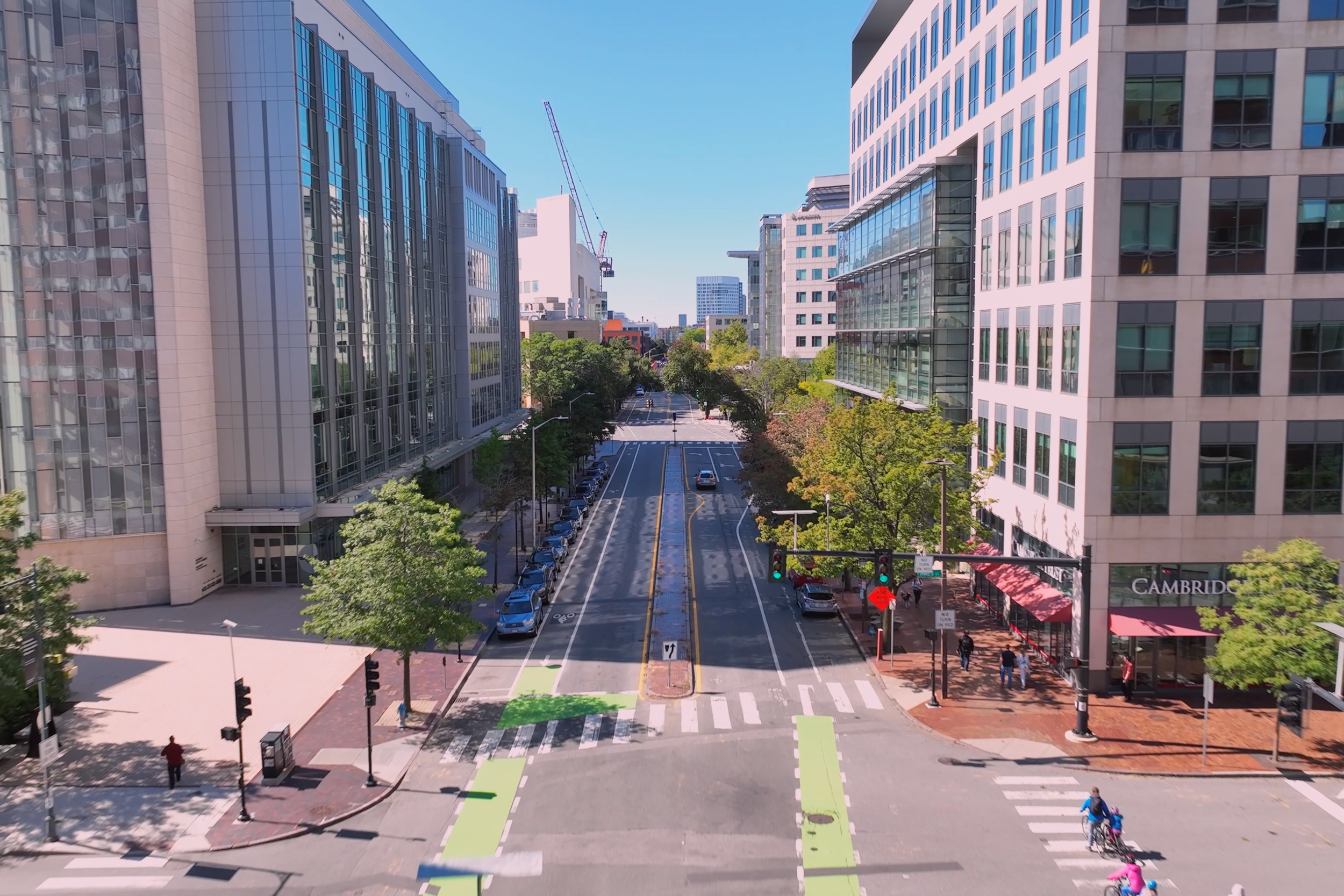MIT

Who will benefit from AI? | MIT News
What if we’ve been thinking about artificial intelligence the wrong way? After all, AI is often discussed as something that could replicate human intelligence and replace human work. But there is an alternate future: one in which AI provides “machine usefulness” for human workers, augmenting but not usurping jobs, while helping to create productivity gains…

A more effective experimental design for engineering a cell into a new state | MIT News
A strategy for cellular reprogramming involves using targeted genetic interventions to engineer a cell into a new state. The technique holds great promise in immunotherapy, for instance, where researchers could reprogram a patient’s T-cells so they are more potent cancer killers. Someday, the approach could also help identify life-saving cancer treatments or regenerative therapies that…

AI copilot enhances human precision for safer aviation | MIT News
Imagine you’re in an airplane with two pilots, one human and one computer. Both have their “hands” on the controllers, but they’re always looking out for different things. If they’re both paying attention to the same thing, the human gets to steer. But if the human gets distracted or misses something, the computer quickly takes…

New tools are available to help reduce the energy that AI models devour | MIT News
When searching for flights on Google, you may have noticed that each flight’s carbon-emission estimate is now presented next to its cost. It’s a way to inform customers about their environmental impact, and to let them factor this information into their decision-making. A similar kind of transparency doesn’t yet exist for the computing industry, despite…

A method to interpret AI might not be so interpretable after all | MIT News
As autonomous systems and artificial intelligence become increasingly common in daily life, new methods are emerging to help humans check that these systems are behaving as expected. One method, called formal specifications, uses mathematical formulas that can be translated into natural-language expressions. Some researchers claim that this method can be used to spell out decisions…

New technique helps robots pack objects into a tight space | MIT News
Anyone who has ever tried to pack a family-sized amount of luggage into a sedan-sized trunk knows this is a hard problem. Robots struggle with dense packing tasks, too. For the robot, solving the packing problem involves satisfying many constraints, such as stacking luggage so suitcases don’t topple out of the trunk, heavy objects aren’t…

Institute Professor Daron Acemoglu Wins A.SK Social Science Award | MIT News
Daron Acemoglu, Institute Professor and the Elizabeth and James Killian Professor of Economics in MIT’s School of Arts, Humanities, and Social Sciences, is the 2023 recipient of the WZB Berlin Social Science Center’s A.SK Social Science Award, one of the most highly endowed international awards in the social sciences. Acemoglu received the award for “his vastly…

To excel at engineering design, generative AI must learn to innovate, study finds | MIT News
ChatGPT and other deep generative models are proving to be uncanny mimics. These AI supermodels can churn out poems, finish symphonies, and create new videos and images by automatically learning from millions of examples of previous works. These enormously powerful and versatile tools excel at generating new content that resembles everything they’ve seen before. But…

Celebrating Kendall Square’s past and shaping its future | MIT News
Kendall Square’s community took a deep dive into the history and future of the region at the Kendall Square Association’s 15th annual meeting on Oct. 19. It’s no secret that Kendall Square, located in Cambridge, Massachusetts, moves fast. The event, titled “Looking Back, Looking Ahead,” gave community members a chance to pause and reflect on…

New techniques efficiently accelerate sparse tensors for massive AI models | MIT News
Researchers from MIT and NVIDIA have developed two techniques that accelerate the processing of sparse tensors, a type of data structure that’s used for high-performance computing tasks. The complementary techniques could result in significant improvements to the performance and energy-efficiency of systems like the massive machine-learning models that drive generative artificial intelligence. Tensors are data…